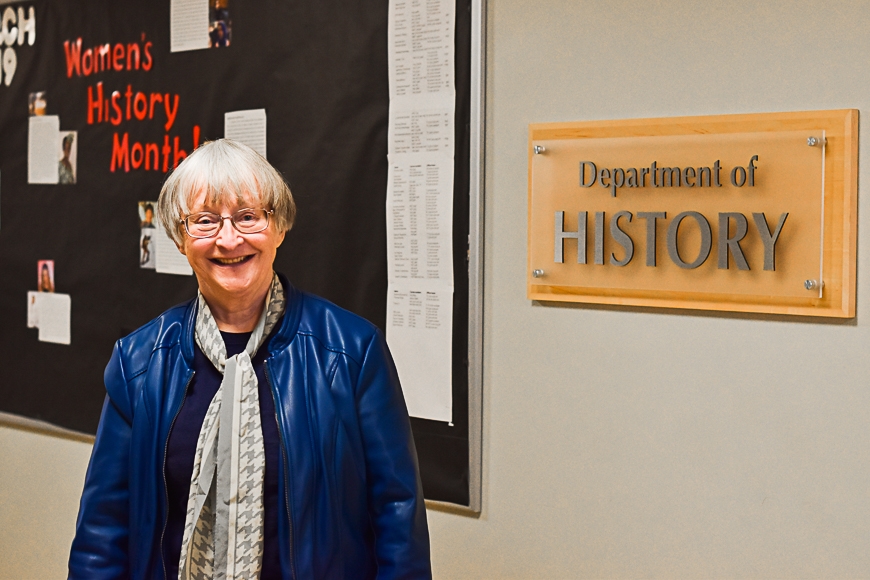Think Like A Pirate: Exploring Mediterranean History
With a variety of specialties focusing on medieval Europe and the Mediterranean world, Professor Kathryn Reyerson has taught over 12 courses at the University of Minnesota. More recently, however, she has been working on appealing to different, more interactive student learning styles in her new course, HIST 3426 Piracy in the Mediterranean: The World of Merchants and Pirates. Reyerson describes the history of piracy as one that includes certain levels of admiration and ambiguity.
Piracy & Reprisal
Reyerson has spent 10 years researching merchants and pirates in the medieval world. Because she focuses on an era before any major political unit had control over the seas, Reyerson’s research is especially captivating. The topic of medieval piracy invites considerations of issues like borrowed or shifting identities, with, for example, medieval merchants who experienced losses in trade turning pirate for a time to recoup their fortunes and then returning to their upstanding merchant ways. Reyerson unravels the idea of shifting identities further: “Some big trading polities have good treaty relations, diplomatic relations, with other places, and if you can sort of borrow their identity then you can benefit from the same trading privileges.” The backdrop for exchange is the diversity in religion that medieval Mediterranean environments embraced.
The topic of piracy is complicated. “It’s easy to talk about the crusades, and those two centuries when they were flourishing, as a kind of a clash of civilization—Christianity versus Islam,” says Reyerson. She clarifies that this is a distorted view because it doesn’t consider the development of law, the punishment of pirates, or the issue of reprisal.
“Piracy, in the middle ages, did not always equal a bad individual,” Reyerson stresses. While the sea is just too big to police effectively, allowing for opportunities of exploitation, many merchants turned to piracy in order to make back the fortunes that they lost in bad merchant experiences.
Thinking Like a Pirate
When we say piracy, we aren’t talking about Captain Jack Sparrow. Reyerson’s course offers students an understanding of the actual history that makes up medieval piracy. “Undergraduates come in having watched Pirates of the Carribean, which is fiction, and I expose them to the real piracy that did happen,” Reyerson says. Students explore issues of cross-cultural interaction, global connections, and the identities of people who set out to sea during the Middle Ages.
Reyerson, known for her interactive teaching, was a recipient of the 2016-17 Distinguished Teacher Award. With assistance from LATIS (Liberal Arts Technology & Innovation Services), she implemented a system for students that evolved into ChimeIn, permitting students to participate in large lecture formats using a variety of devices. While she is currently teaching to smaller class sizes, Reyerson continues to engage student’s attention through visual story maps and group collaboration.
Further, she explains her goal for her Piracy in the Mediterranean course is to appeal to different learning styles. For example, rather than assigning a traditional final exam, she has students create a shipboard narrative or a pirate memoir to describe the exploits of a pirate.
“I want to use piracy as a kind of window into Mediterranean history because I think it provides us with a lot of insight into what was happening in the Mediterranean world,” Reyerson exclaims, “‘Think like pirate’ is what I’m continually telling my undergraduate students.”
This story was written by an undergraduate student in CLAgency. Meet the team.



